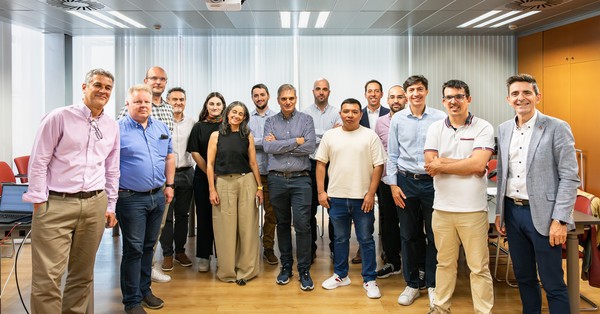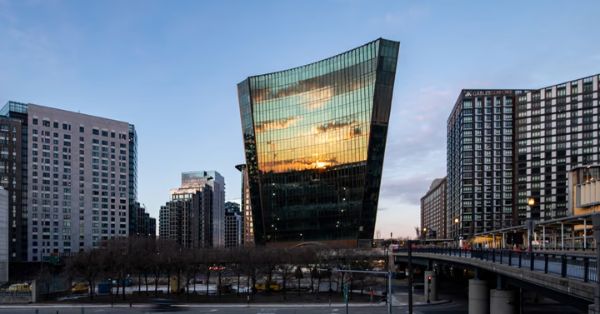India’s leading telecom operators, Reliance Jio, Bharti Airtel, and Vodafone Idea, have raised their tariffs for the first time in three years. This strategic move aims to recoup significant investments in 5G technology and infrastructure, following substantial expenditure over the past two years.
India Telecom Tariff Increases Explained
Bharti Airtel and market leader Jio announced tariff increases ranging from 10% to 21% and 13% to 27%, respectively. Vodafone Idea followed suit with a 10% to 23% increase across seventeen prepaid and postpaid plans, effective from July 4.
India, the world’s second-largest smartphone market, has historically maintained some of the lowest tariffs globally. Jio’s initial strategy of offering rock-bottom prices forced competitors to match prices to retain their market share. However, this has not been sustainable given the heavy investments required for infrastructure upgrades and spectrum acquisitions, including the 5G airwaves purchased in 2022.
Financial Implications of the Telecom Tariff Hikes
The 5G rollout alone is estimated to have cost around 1.5 trillion rupees (approximately $18 billion). Despite this, the return on investment has been minimal. According to Balaji Subramanian, a research analyst at IIFL Securities, the return is expected to be in single digits.
Jio’s price hike is its third in five years and is projected to boost its average revenue per user (ARPU) by about 17% over the next year, according to a note from Morgan Stanley dated June 27. As of the January-March quarter, Jio’s ARPU stood at 182 rupees, while Bharti Airtel reported an ARPU of 209 rupees due to its strategy shift towards higher-paying subscribers. Vodafone Idea had the lowest ARPU at 146 rupees.
Market Response and Expert Opinions on Telecom Tariff Increases
The stock market’s response to these tariff hikes has been mixed. Vodafone Idea’s shares dropped by 3.4%, Bharti Airtel’s shares decreased by 2.2%, whereas Jio’s parent company, Reliance Industries, saw a 2.3% increase in share prices.
Industry experts view the tariff hikes as a positive development that could signal a re-rating of the telecom sector. With the conclusion of the elections and spectrum auctions, the telecom companies have increased tariffs by 20-25%. Analysts believe this move will enhance ARPU and profitability, making the sector ripe for re-rating.
Sector Outlook: Potential for Re-Rating
Trivesh D from Tradejini commented, “The Indian telecom sector is ripe for a re-rating due to a unique combination of factors. With just three major players—Bharti Airtel, Reliance Jio, and Vodafone Idea—controlling the market, even minor ARPU adjustments can significantly impact their stock prices.”
Successful spectrum bidding, implementation of tariff hikes, and continued subscriber base growth are expected to act as catalysts for a sector-wide re-rating. This shift towards consolidation and efficiency could lead to higher valuations and better returns for investors.
Growth Opportunities and Hurdles in the Telecom Industry
Manish Chowdhury, head of research at StoxBox, is optimistic about the telecom sector, attributing growth to the 2G to 5G migration, increased data monetization, and anticipated tariff hikes. Prashanth Tapse, Senior VP Research Analyst at Mehta Equities, noted that the tariff hikes, ranging from 10-25%, were necessary for sustaining rising capital expenditures.
The Indian telecom sector, with a subscriber base of 1.091 billion as of April 2024, has faced pressure from high costs and low ARPU since 2021. This situation led to flat growth, and the latest tariff hikes are seen as a strategic move to improve financial health.
Spectrum Auction and Financial Forecast
The recent spectrum auction saw a muted response, with the government collecting ₹11,340.78 crore from selling 141.4 units of airwaves. Despite this, experts remain optimistic about the sector’s potential for re-rating, largely due to the long-overdue tariff hikes.
Ankit Jain, Vice President and Sector Head – Corporate Ratings at ICRA Limited, highlighted that the tariff hikes could result in additional operating profits of around ₹20,000 crore for the industry. This would facilitate deleveraging and fund capital expenditures for technology upgrades and network expansion.
ICRA expects industry revenues to grow by 12-14% in FY25, translating into a healthy expansion in operating profits by 14-16%. The industry’s return on capital employed (ROCE) is anticipated to exceed 10% for FY25.
ICRA projects the industry’s revenue to reach ₹3.2-3.3 lakh crore with operating profits of ₹1.6-1.7 lakh crore in FY25. With moderated debt levels and improved operating profits, the sector’s debt metrics are expected to improve, indicating a positive financial outlook.
Strategic Moves Behind Recent Tariff Hikes
The decision to raise tariffs follows a period of intense competition and regulatory changes in the Indian telecom market. Over the past decade, the entry of Reliance Jio revolutionized the sector by offering ultra-low-cost data plans, forcing incumbents to slash their prices. This price war significantly impacted revenue margins, making the recent tariff hikes a crucial step toward financial recovery.
By raising tariffs, these telecom giants are not only aiming to improve their ARPU but also to stabilize the industry financially. The increased revenue from higher tariffs is expected to support further investment in advanced technologies such as 5G, IoT, and edge computing.
Consumer Impact and Market Reactions to Telecom Tariff Hikes
While the tariff hikes may initially be met with resistance from consumers used to low-cost plans, the overall market sentiment appears positive. Investors see the tariff increase as a necessary adjustment to ensure sustainable growth and continued investment in cutting-edge technology.
The higher tariffs might also lead to a more segmented market, where operators focus on premium services for higher-paying customers, potentially introducing tiered service models with varying levels of quality and data speed.
Industry Evolution and Technological Progress in Telecom
The Indian telecom sector is at a critical juncture, with significant investments in 5G technology paving the way for future growth. The deployment of 5G networks is expected to enhance connectivity, enable smart city initiatives, and drive advancements in sectors such as healthcare, education, and transportation.
Telecom operators are also exploring the potential of private networks and enterprise solutions, leveraging 5G technology to offer specialized services to businesses. This strategic shift towards enterprise solutions could open new revenue streams and reduce dependency on consumer markets.
Final Thoughts on Telecom Tariff Hikes
The recent tariff hikes by India’s top telecom operators mark a significant shift in the industry’s pricing dynamics. While the initial market response has been mixed, the long-term outlook appears promising, with experts predicting growth in ARPU, profitability, and potential re-rating of the sector. As the industry continues to evolve, these tariff adjustments are poised to play a crucial role in sustaining and enhancing the financial health of the telecom giants.
The increased tariffs are a strategic move to ensure the industry can support the heavy investments required for advanced technological infrastructure, ultimately benefiting both the operators and the consumers by providing better services and connectivity.
As the telecom sector continues to navigate through these changes, the focus will remain on balancing profitability with customer satisfaction, ensuring that the industry remains robust and competitive in the global market. The ongoing investments in 5G and other emerging technologies will likely be the key drivers of growth, setting the stage for a new era of connectivity in India.







































